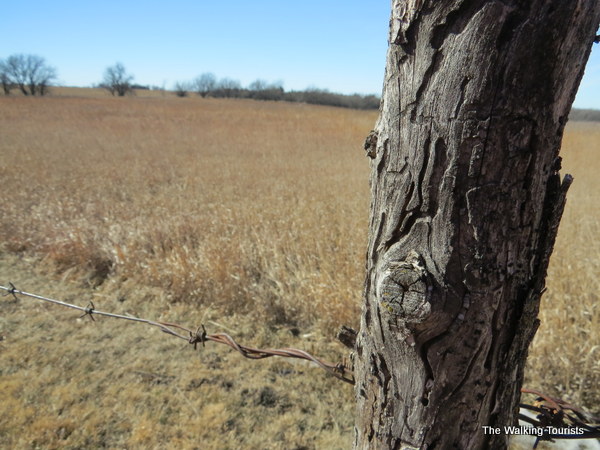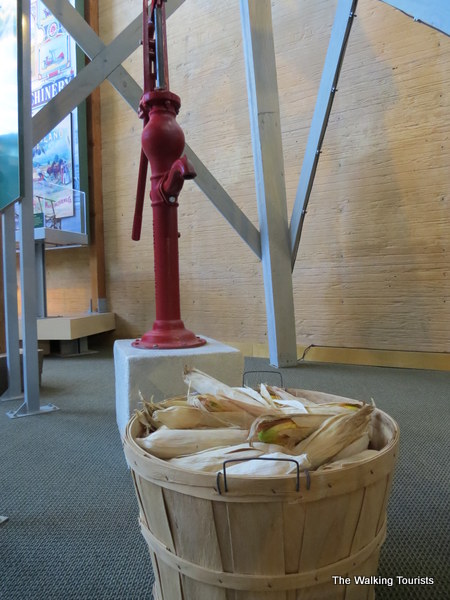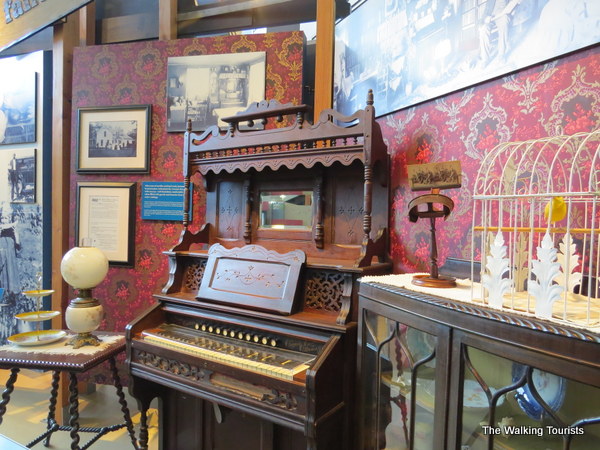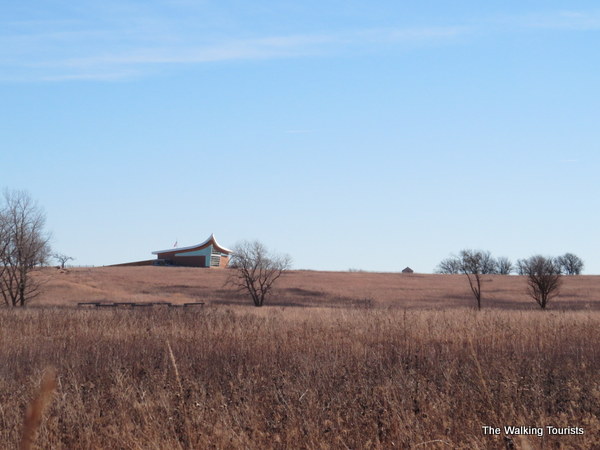Nebraska at 150: Beatrice is site of first American homestead
Editor’s Note: Nebraska celebrates its 150th birthday as a state March 1. As the state observes its sesquicentennial during 2017, we wanted to take a look at Cornhusker state attractions leading up to the celebrations. Today, we take a look back at the first homestead in the United States, in Beatrice…

Imagine getting the opportunity to own 160 acres of land for free. All you had to do was a build a house and improve the land for five years. After that, the land was yours. The Homestead Act of 1862 did just that. President Abraham Lincoln signed the act into law that year.

On Jan. 1863, Daniel Freeman became credited as the first homesteader in American history. He picked out 160 acres (a quarter of a square mile) near Beatrice, in southeast Nebraska, about 40 miles south of Lincoln. Freeman was a Union soldier during the Civil War. He went on to have two wives and 11 children. Freeman supposedly had a long interest in the land he homesteaded.
Other men signed up for land that day, as well, but history credits Freeman as the first homesteader, said Susan Cook, a ranger with the National Park Service. She works at the Homestead National Monument in Beatrice. The facility is located adjacent to Freeman’s land.

Thirty of the 50 states actually had some type of homestead action during the program’s almost 125 years in existence. The act was repealed in 1976, but allowed an extra 10 years of homesteading in Alaska.
The Heritage Center (aka visitors center) has a museum-quality exhibit covering the history of the Homestead Act. It also has a nice gift shop area, as my wallet can confirm with all the stuff Lisa wanted to buy (OK, OK, two post cards don’t break the bank). It does have some nice souvenirs and clothes. I kicked myself for not buying a book that listed off the wall attractions in almost every Nebraska county.

I recommend starting a visit with the short film documenting the homestead movement in America. It gave a nice overview, using comments from people affected by homesteading. Descendants of both settlers and Native Americans discussed the impact of the Homestead Act. The film covers the several sides of westward expansion: white and African-American settlers’ successes and failures. It also covers the Native American views of being displaced. The film doesn’t back away from controversy. It allows viewers to consider all angles and decide for themselves.
The lower level of the center has the museum exhibits. It tracks the history with attractive displays.

One thing the Homestead Act did was help facilitate the industrial revolution. Equipment had to be built specifically for the conditions settlers faced in developing the land. Plows built for dryland farming had to be engineered. Handheld tools had to be developed for moving brush, rocks and other obstacles.

The windmill played a huge role in farming. It provided energy, as well as helped prime pipes for water wells. Some of the other exhibits displayed some household items that could be found in the houses of successful homesteaders.

In the end, most people failed as homesteaders. Less than half actually completed the five-year requirements of building a house, clearing the land and planting a crop. Almost 100 million Americans are considered descendants of homesteaders.
Outside the heritage center, the national monument has walking trials and other exhibits.

A cabin that’s almost 150 years old sits on the park’s grounds. It was moved there from a few miles away. The cabin is very small. It is believed that 9-12 people lived in it at some point.

Inside, the main floor had a small stove, bed, table and desk. A loft was atop a wooden ladder. It amazes me that a family could live there. Today, it would likely be the size of a playhouse for some kids.

Old farm equipment sat on the land near the cabin.

We started walking along a trail and just looked at the prairie grass swaying in the wind. Freeman may not have known this in 1863, but he picked out a very scenic area.

Freeman apparently was a smart man. He picked out land to make a T-shaped homestead. He had water on a couple of sides of the land, which would assure success for him, the park ranger mentioned to us.

We walked a short trail to Mr. Freeman’s grave site. It sits on the east side of his property, with a nice view of his land.
Down the road about ¾ of a mile is an education center for the park service. It houses an art exhibit, as well as some old farm equipment. A covered wagon sits among the equipment. That brought back memories of when I was a kid. I remember having to dress up as a cowboy in grade school for the state’s centennial in 1968. Our school put on a program with old songs, etc. We had a covered wagon as a prop.

A mural sits in the education center’s lobby. It depicts the hazards of life on the prairie. Tornadoes are in the background as the family is in the foreground. That mural made me think of difficult life was back then. If a prairie fire started, there was nothing to stop it from advancing. Settlers could lose everything they worked for in minutes. Snow? Frigid weather? Imagine how difficult life would be during the 1800s with the extreme cold temperatures we’ve had in parts of our country recently. 20 degrees below zero? I wouldn’t think the results would be good.

About half a mile from there is the Freeman school. Several of Freeman’s children attended school here. The school closed in 1967 and was the oldest operating one-room school in Nebraska, according to the Park Service.

The Midwest may not have the pre-Revolutionary War history of a lot of eastern and southern states, but our area has a great deal to offer in telling the story of the United States. We learned a lot about the westward expansion of the United States at the Homestead National Monument.
For more information on the Homestead National Monument, please visit the National Park Service website at www.nps.gov. To learn more about Nebraska’s sesquicentennial, please visit www.ne150.org.





February 2, 2023 @ 2:16 pm
Great coverage of this historical Nebraska landmark!